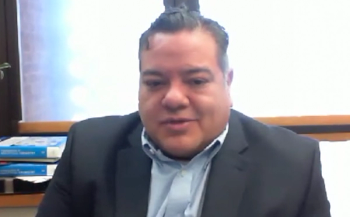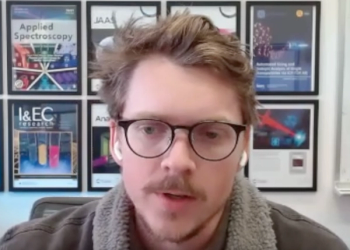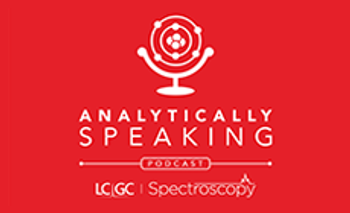
AAFS 2025: Tom Metz Discusses Applying Metabolomics and Lipidomics in Studying Disease
In this video clip, Metz discusses his research in helping to develop advanced MS instrumentation, and how he is applying his work to study diseases.
The American Academy of Forensic Sciences (AAFS) Conference took place in Baltimore, Maryland, from February 17 to 22nd, 2025 (1,2). Throughout the week, numerous talks were given that highlighted how spectroscopy is being used in forensic analysis. One of the major themes of the AAFS Conference was the role of newly developed technologies, such as artificial intelligence (AI), in the forensic analysis industry.
Tom Metz, who is a Laboratory Fellow and Chief Science Officer of the Biological Sciences Division at Pacific Northwest National Laboratory, dedicated his talk on multidimensional mass spectrometry (MS) and his work applying metabolomics and lipidomics in studying various types of diseases.
“I came here in 2003 as a postdoc, and I joined the group of Dick Smith, who was a pioneer in the development of advanced mass spectrometry technology,” Metz said. “I planned to only stay here briefly as a postdoc, but then when I got here and I saw the instrument development labs. I saw all the great work that was going on, and it was like being a kid in a candy store, and I felt like this was the place to be to learn all about advanced mass spectrometry.”
As a result, Metz’s career at the Pacific Northwest National Laboratory has been extensive. His expertise lies in high-throughput metabolomics, lipidomics, and proteomics for disease studies, with over 200 publications. His recent research focuses on multidimensional MS and computational molecular signature prediction. He has led core labs for major NIH programs, such as the Undiagnosed Diseases Network and the Environmental Determinants of Diabetes in the Young study. From 2021 to 2023, he served as President of the Metabolomics Association of North America. Currently, he leads the PNNL m/q Initiative and co-leads the ChemBio Analytical Sciences Hub within the NEXUS Exposome Research Coordination Network.
In a previous video interview, we sat down with Metz, as well as Heidi Eldridge of George Washington University and Claire Glynn of the University of New Haven, all of whom attended AAFS and gave their thoughts about what some of the highlights of the conference were (2). In this video clip, Metz discusses his research in helping to develop advanced MS instrumentation, and how he is applying his work to study diseases.
This interview segment is part of our coverage of the AAFS Conference. To read more of our coverage from AAFS, click
References
- Wetzel, W. The State of Forensic Science: Previewing an Upcoming AAFS Video Series. Spectroscopy. Available at:
https://www.spectroscopyonline.com/view/the-state-of-forensic-science-previewing-an-upcoming-aafs-video-series (accessed 2025-03-14). - Wetzel, W. What You Missed at AAFS 2025. Spectroscopy. Available at:
https://www.spectroscopyonline.com/view/what-you-missed-at-aafs-2025 (accessed 2025-03-14).
Newsletter
Get essential updates on the latest spectroscopy technologies, regulatory standards, and best practices—subscribe today to Spectroscopy.




